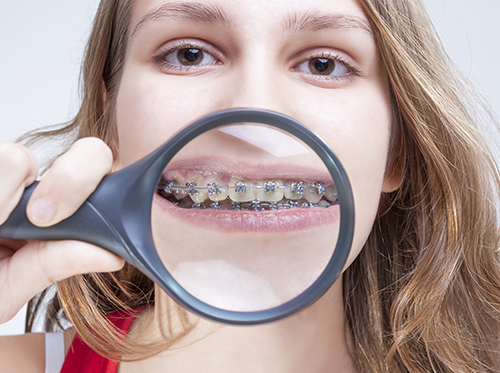ClearCorrect™ vs. Traditional Braces
September 18th, 2025

ClearCorrect treatment has become a very popular treatment for teens as well as adults in the past few years. There are many reasons why they are rated as one of the number-one options for realigning teeth, but some of the options may stand out more than others.
ClearCorrect is custom made with modern 3D technology to ensure the perfect fit. This means that each aligner that is provided to you by Dr. Don Connolly and Dr. Stanley Sokolow has been specifically made for you based on impressions and X-rays of your teeth. The aligners are conveniently replaced every few weeks to keep your teeth adjusting correctly.
Although traditional metal braces do the job they aren’t always comfortable. They have to be adjusted every month and can cause some soreness for several days after. The rubber bands and brackets can also be an aggravation while eating, not to mention the rubber bands have been known to come off and be swallowed while eating.
Visibility
ClearCorrect are clear, hence the name. They are literally unnoticeable and have a very smooth surface. Traditional braces are very obvious and usually metal colored. The option of having a clear or invisible form of treatment helps teens stay self-confident.
Convenience of Each Type of Treatment
Unlike traditional braces ClearCorrect is easily removable to be able to eat, drink as well as to brush and floss teeth. This helps greatly with oral hygiene.
Clear Correct also causes less soreness after changing to new aligners versus getting the traditional braces adjusted. There is also no mouth irritation due to not having wires or brackets to deal with.
Overall, ClearCorrect is more desired because of the many options as well as the convenience. Make an appointment at our Santa Cruz, Aptos, or Watsonville, CA office today to see if ClearCorrect will work for your individual orthodontic needs.









 Website Powered by Sesame 24-7™
Website Powered by Sesame 24-7™